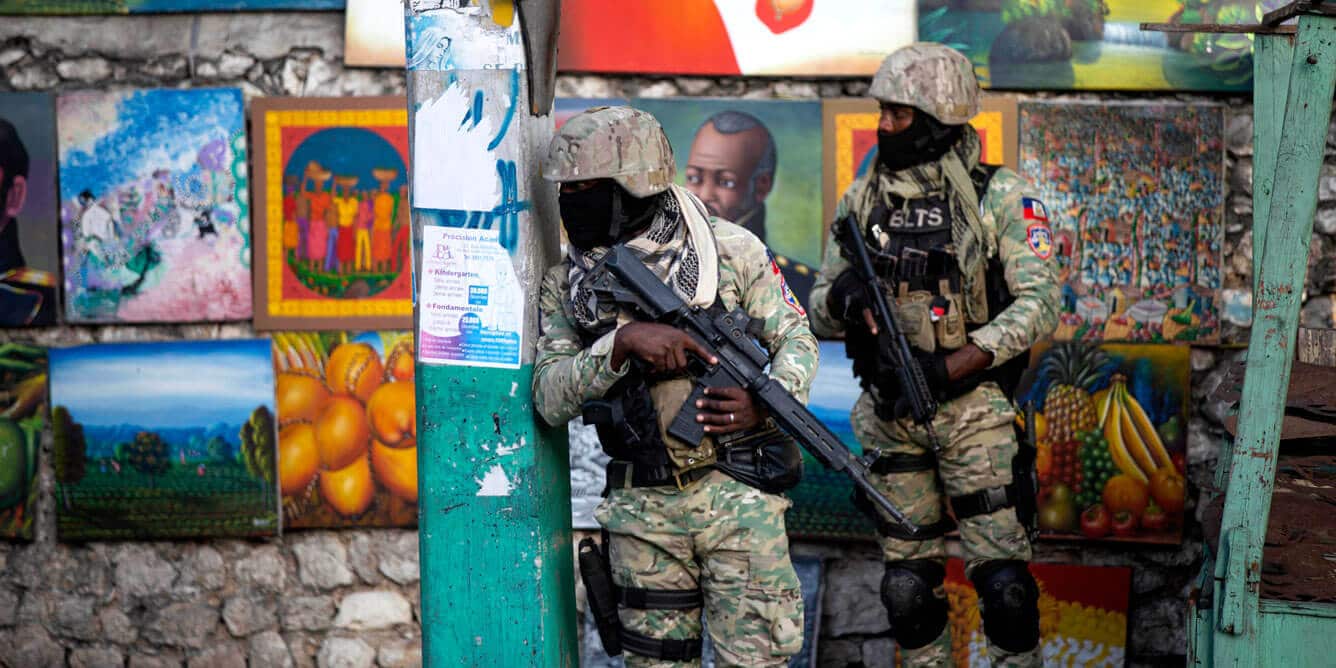
Who Was Behind the Killing of Haiti's President?
CARIBBEAN/9 JUL 2021BY PARKER ASMANNEN\
Two days on from the nighttime assassination of Haiti President Jovenel Moïse in Port-au-Prince, competing theories have failed to provide any real motive for the high-profile hit.
A commando of what Haitian Police Chief Léon Charles called well-armed “mercenaries” broke into the president’s residence early July 7 and shot him 12 times, killing him and seriously wounding First Lady Martine Moïse. She survived and is in critical but stable condition after being transferred to a hospital in Florida, according to the Miami Herald.
On July 8, the police chief said during a press conference that authorities have so far identified at least 28 suspects in the attack: 26 Colombians - six of them retired soldiers - and two Haitian-Americans. The government identified one of the Haitian-Americans as James Solages, a Florida entrepreneur who formerly worked as the "chief commander of bodyguards" at the Canadian Embassy in Haiti, according to the website of a non-governmental organization he was part of.
Officials reported that 17 of the suspects had been arrested, while eight others were still at large.
SEE ALSO: Haiti President Assassinated in Port-au-Prince
Shortly after the assassination, Charles said officers had tracked down and confronted the hit squad, preventing them from leaving the neighborhood of Pétion-Ville around the crime scene in the hills above Port-au-Prince.
Early police reports suggested between four and seven people had been killed during a firefight with police, but Charles later said three had died.
On July 9, Haitian media cited a judicial official as saying that certain mercenaries had been in Haiti for three months, while others had joined from the Dominican Republic at a later date. Over that time, they had amassed an arsenal of weapons as well as vehicles, cash and equipment.
InSight Crime Analysis
There is one certainty about the raid that killed the Haitian president: it was a well-organized, well-financed tactical operation strategically carried out by individuals outfitted with sophisticated, high-powered weapons.
The suspected killers were pretending to be members of the US Drug Enforcement Administration (DEA), shouting that the attack was a “DEA operation." The Haitian Embassy in the United States called the murder a “well-coordinated attack by a highly trained and heavily armed gang.”
There is precedent for so-called mercenary activity in Haiti’s recent history. In February 2019, Haitian police arrested a team of foreign mercenaries armed with assault rifles at a police checkpoint. Their clandestine mission reportedly involved “escorting the presidential aide, Fritz Jean-Louis, to the Haitian central bank, where he’d electronically transfer $80 million from a government oil fund [PetroCaribe] to a second account controlled solely” by President Moïse, according to The Intercept.
The men were charged with being part of a criminal conspiracy in Haiti, but five US citizens in the group were quickly flown back to the United States, where they faced no criminal charges.
There are likely plenty of actors in Haiti with the capacity to hire a foreign mercenary team, from sitting politicians to private security companies and powerful criminal actors. Some experts at the Center for Analysis and Research on Human Rights (Centre d’analyse et de recherche en droits de l’homme - CARDH) have questioned how the attackers could have planned and carried out the killing so easily without a single member of the president's security team being hurt. Prosecutors will be bringing those officers in for questioning.
SEE ALSO: G9 and Family Profile
In the past, politicians have been implicated in colluding with gangs and politically connected militias in exchange for support in the neighborhoods they control. President Moïse himself was accused of supporting the G9 and Family gang alliance. The gangs allegedly got official protection in exchange for expanding support in strongholds of the political opposition, a similar strategy that other Haitian leaders have used. However, in Moïse's absence, the G9 coalition could weaken if political power is claimed by others that don't see any benefit in engaging with the alliance.
Recent evidence suggests that official support for the gang alliance may have been waning. In late June, G9 leader Jimmy Chérizier, alias “Barbecue,” called for a revolution against both the opposition and President Moïse’s Tèt Kale Party (Parti Haïtien Tèt Kale - PHTK), among others in Haiti.
Since its inception, the gang alliance has struggled to quell internal rivalries that existed prior to the nine gangs’ decision to join together. Those battles boiled over last month, displacing thousands of innocent civilians caught in the crossfire from the capital city amid a serious spike in COVID-19 cases.
Given the symbiotic relationship that politicians and armed gangs have long relied on in the past, the president’s assassination is likely to create a period of extreme uncertainty where different criminal actors may try to exert further power over physical territory and position themselves to benefit from those who will succeed Moïse in public office.
*InSight Crime investigators Douwe den Held, Juliana Manjarrés and María Paula Saenz contributed reporting to this article.
(Top Photo: AP, Joseph Odelyn)
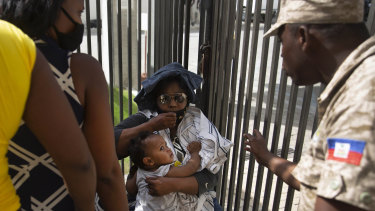


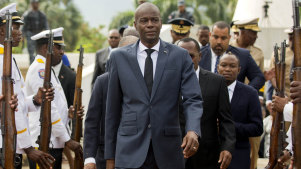
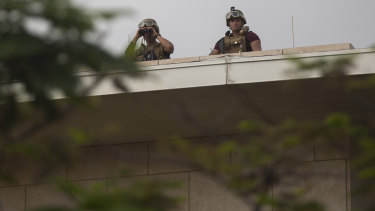
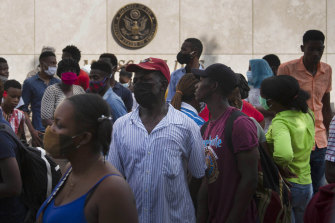
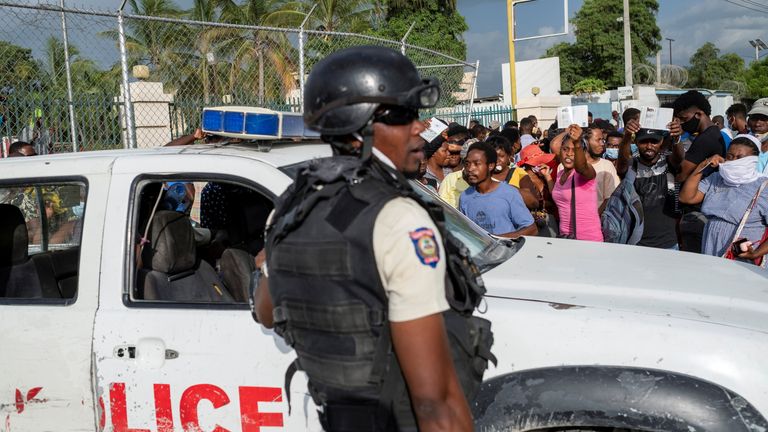
 Image:Several of the suspects were paraded at a media briefing on Thursday. Pic: AP
Image:Several of the suspects were paraded at a media briefing on Thursday. Pic: AP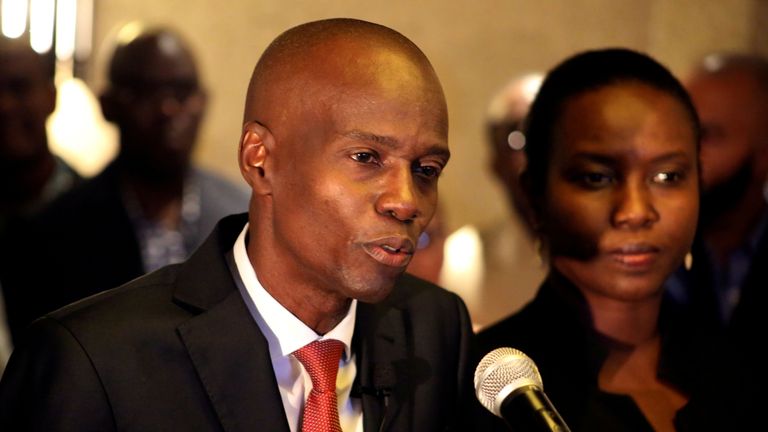 Image:Jovenel Moise was found dead at his home in the early hours of Wednesday
Image:Jovenel Moise was found dead at his home in the early hours of Wednesday


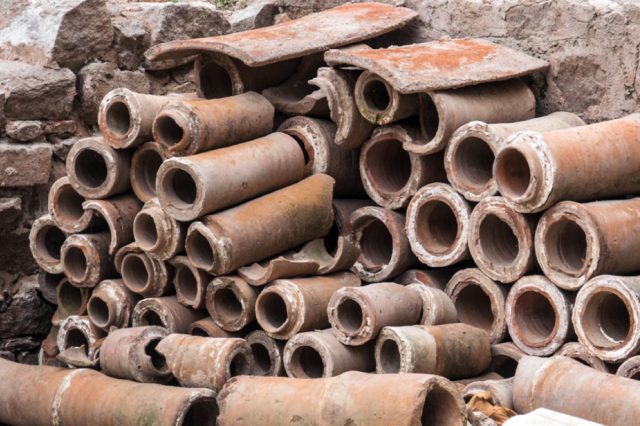

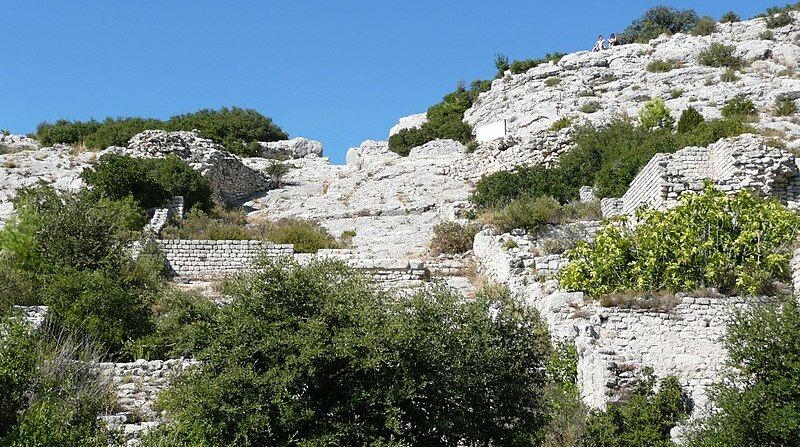
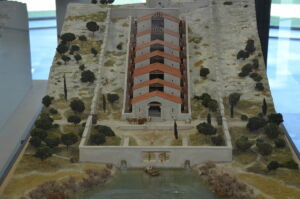

/https://www.thestar.com/content/dam/thestar/news/canada/2021/07/08/barely-out-of-a-pandemic-heres-why-jason-kenneys-government-is-picking-a-fight-with-alberta-nurses/heather_smith_nurses_alberta.jpg)
/https://www.thestar.com/content/dam/thestar/uploads/2021/07/08/edm11120146-0.jpg)

/https://www.thestar.com/content/dam/thestar/opinion/contributors/2021/07/09/as-the-heat-dome-takes-lives-canadian-banks-must-acknowledge-their-role-in-climate-change/pump_jack.jpg)
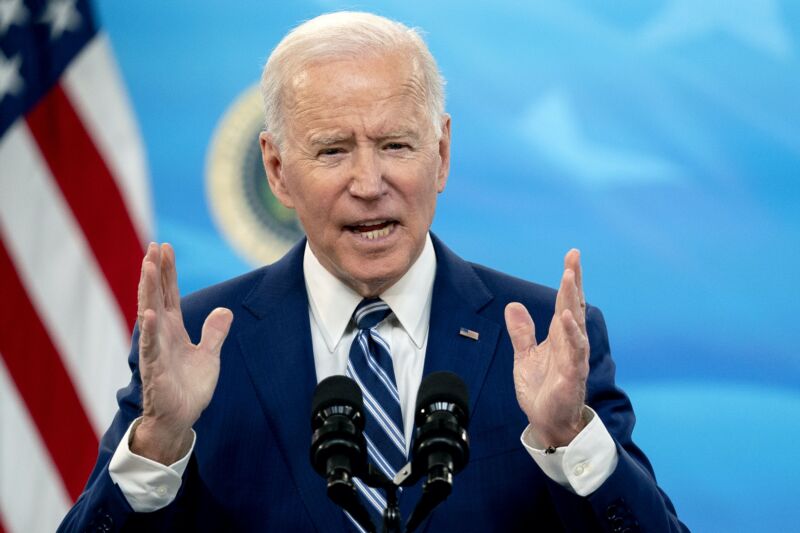
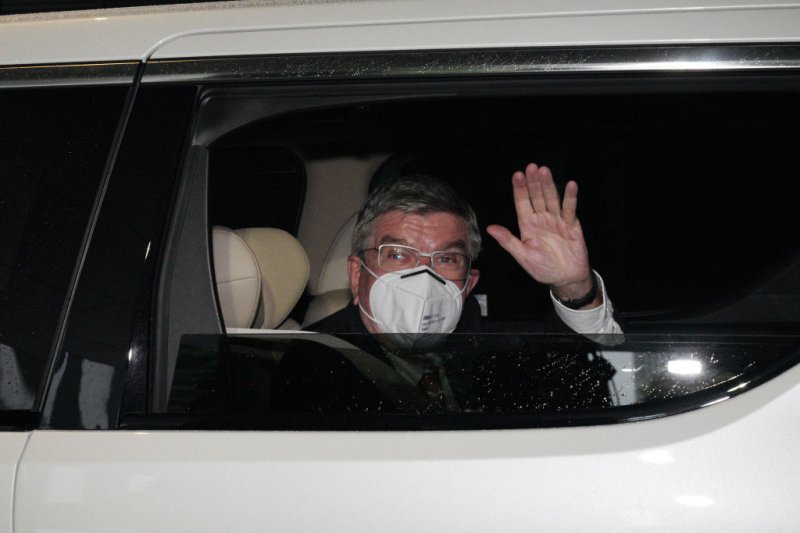
/https://www.thestar.com/content/dam/thestar/opinion/contributors/2021/07/09/im-tired-of-watching-the-world-end-its-time-to-get-radical-on-the-climate-crisis/lytton_fire.jpg)